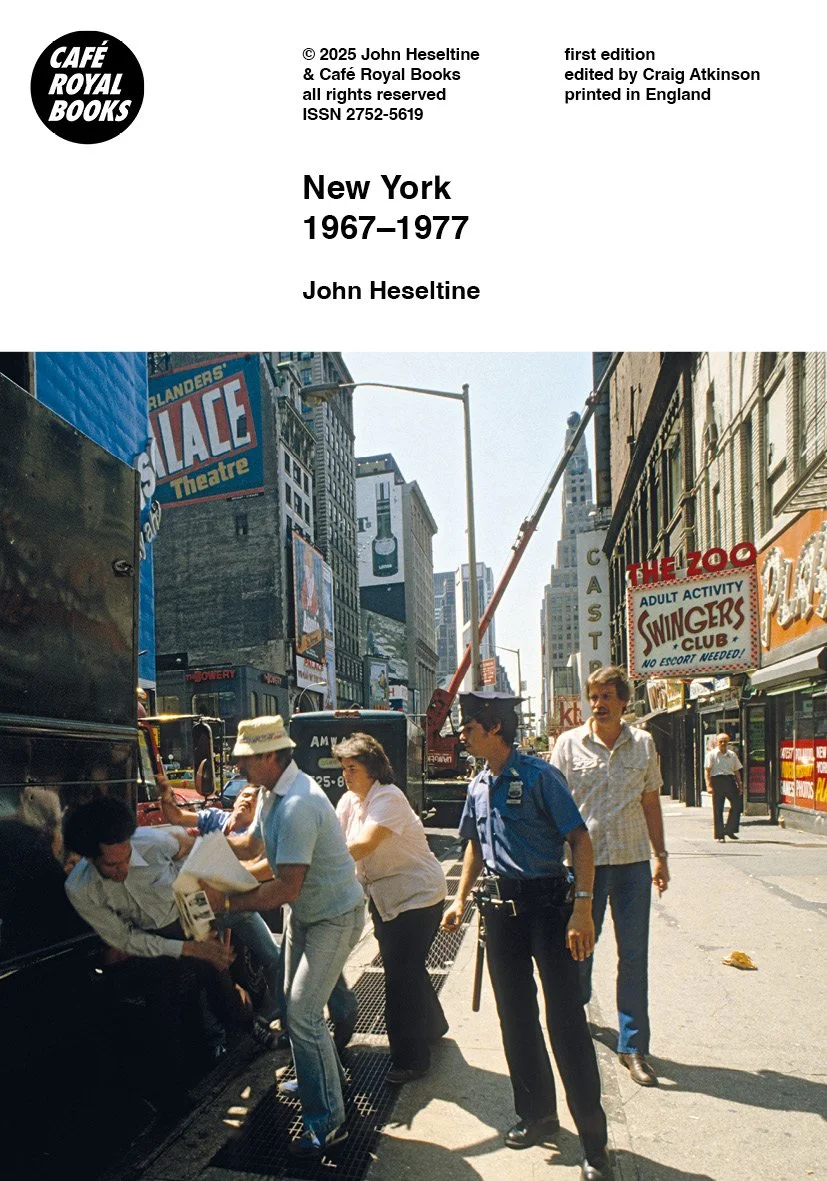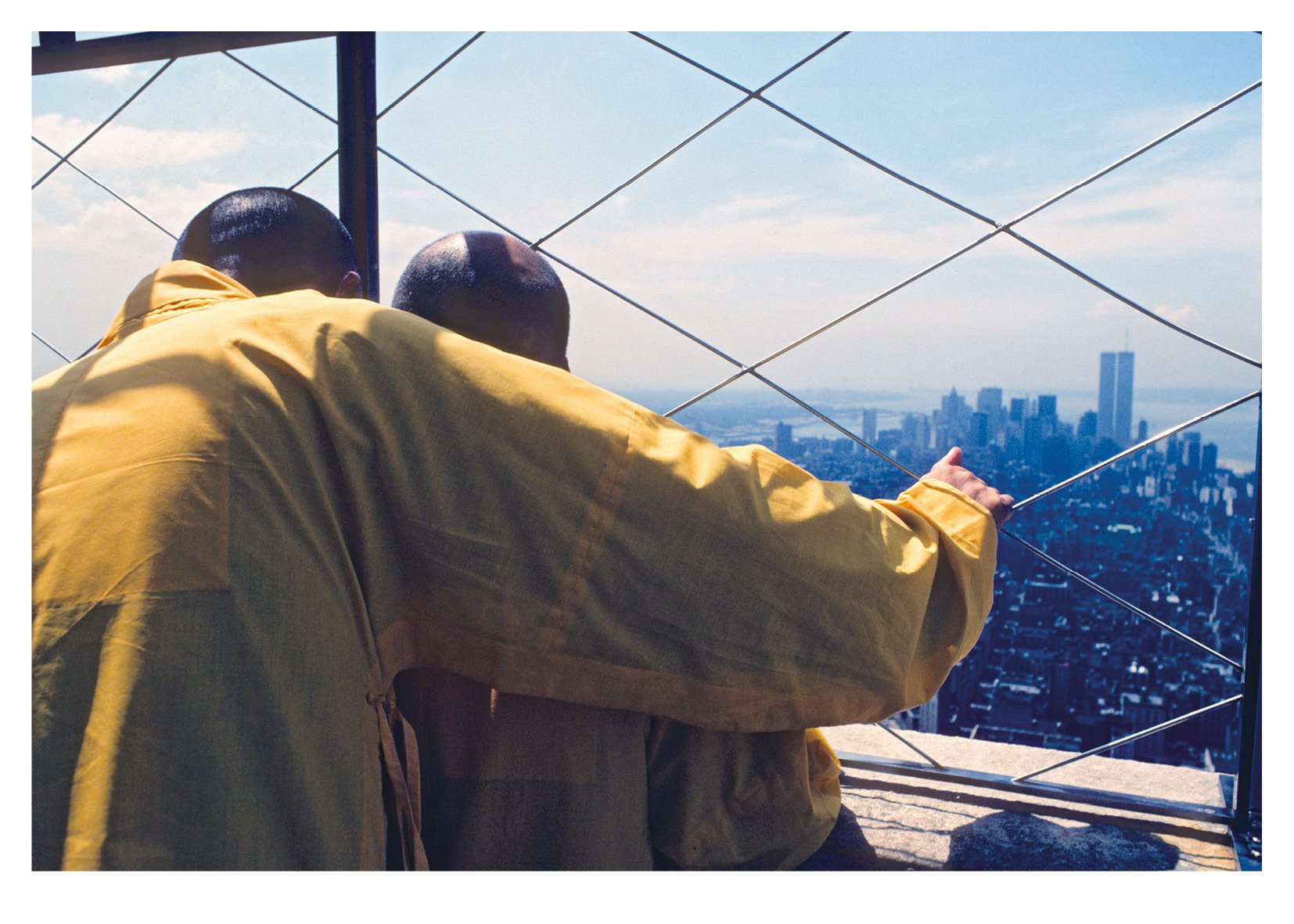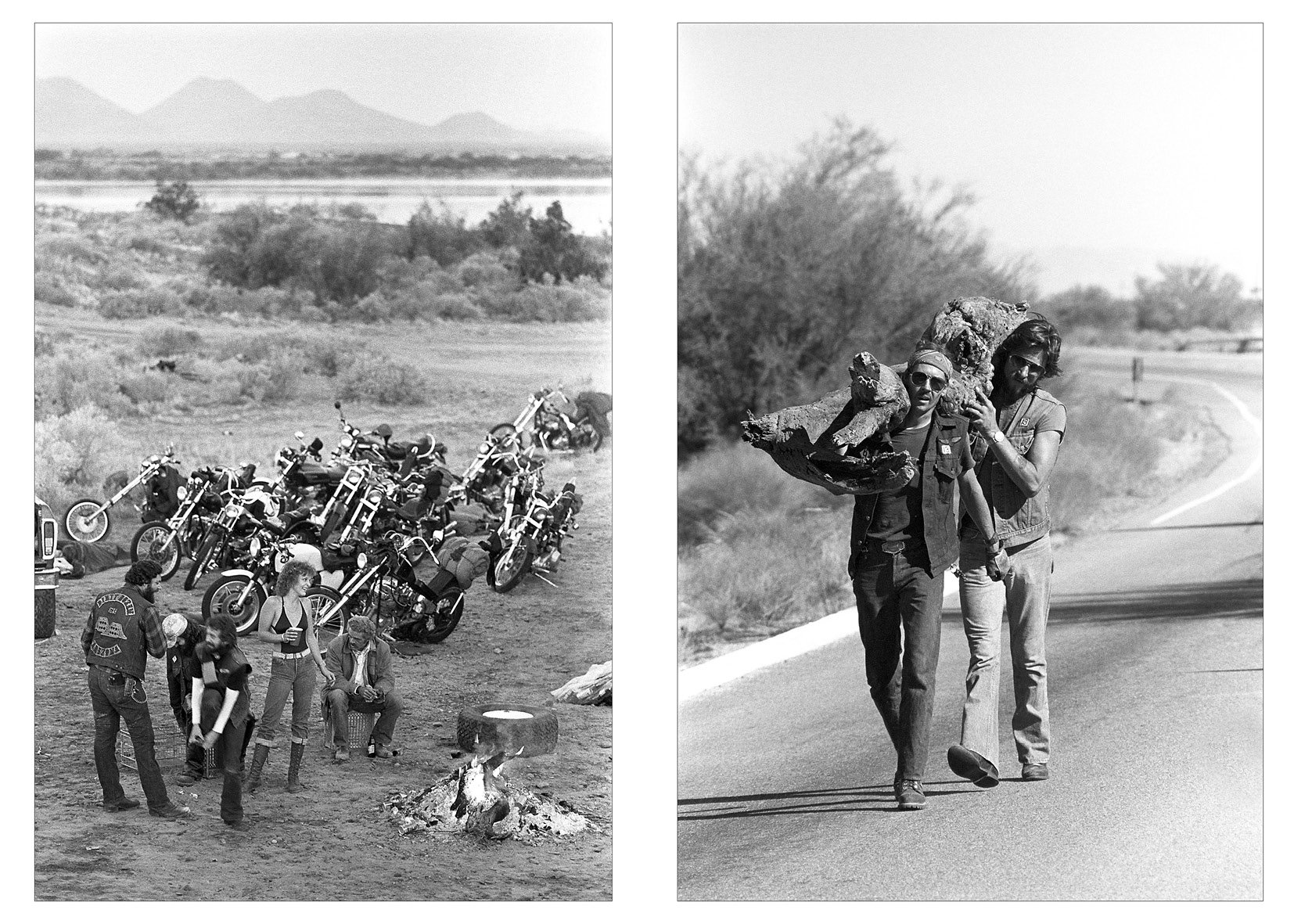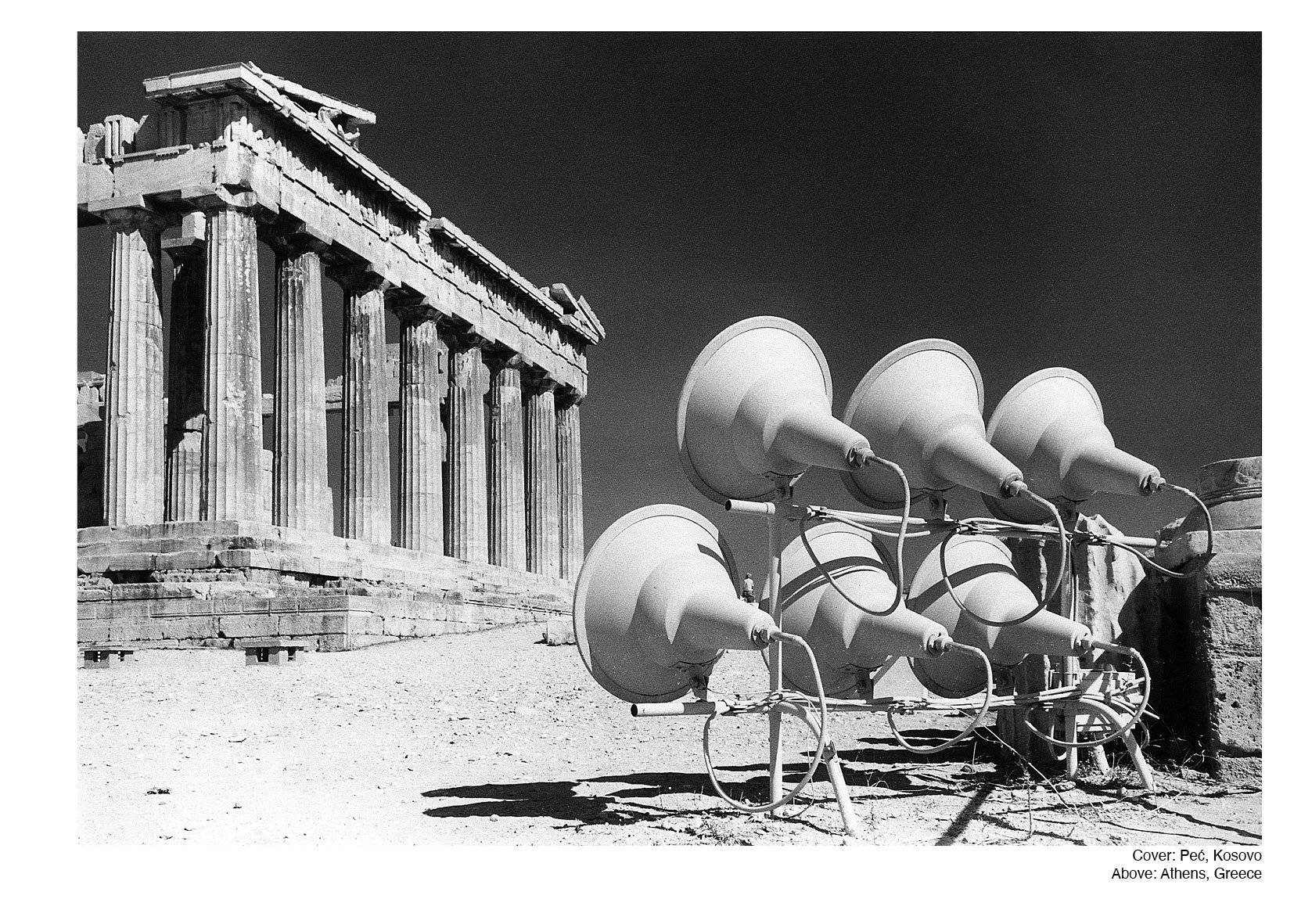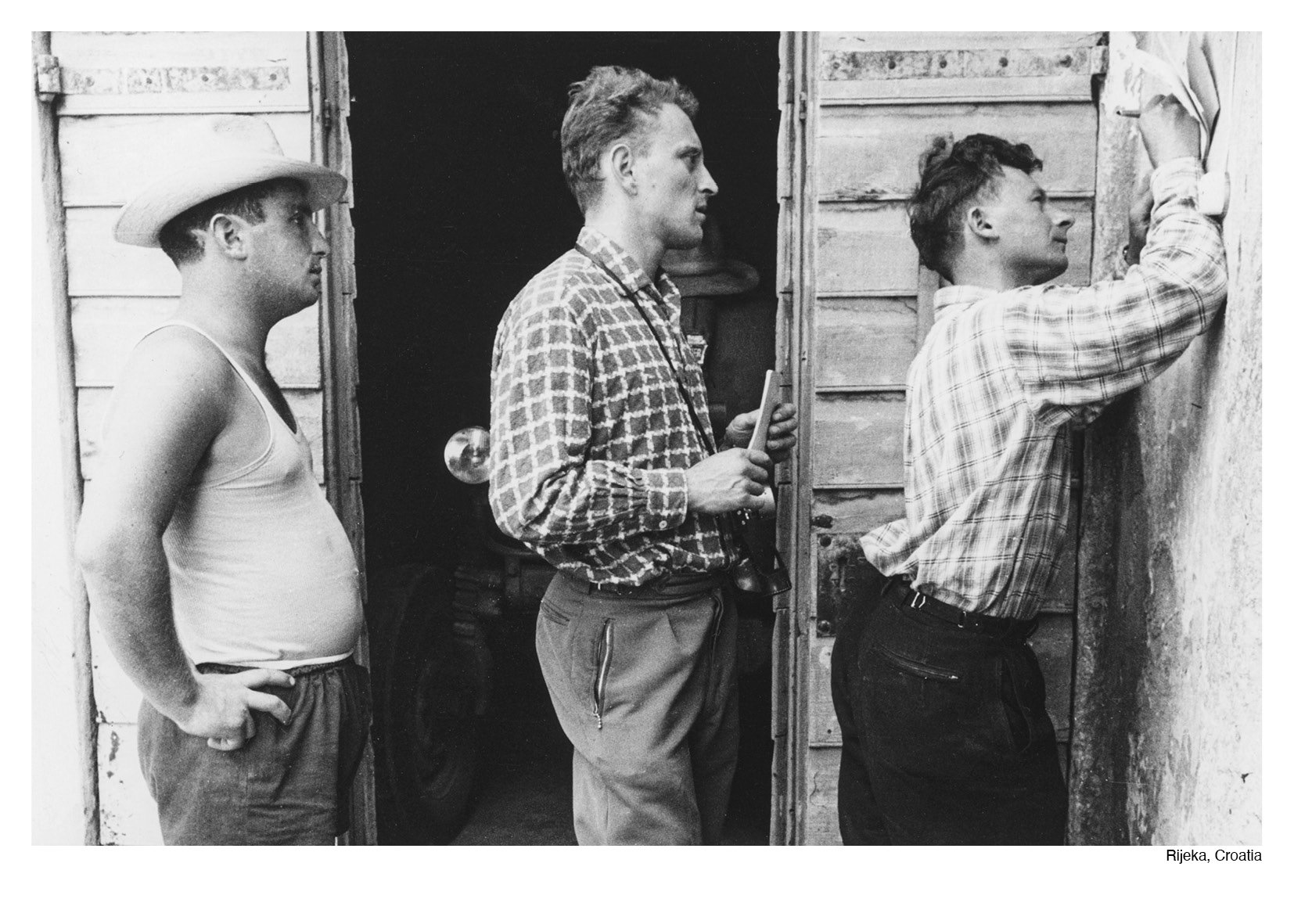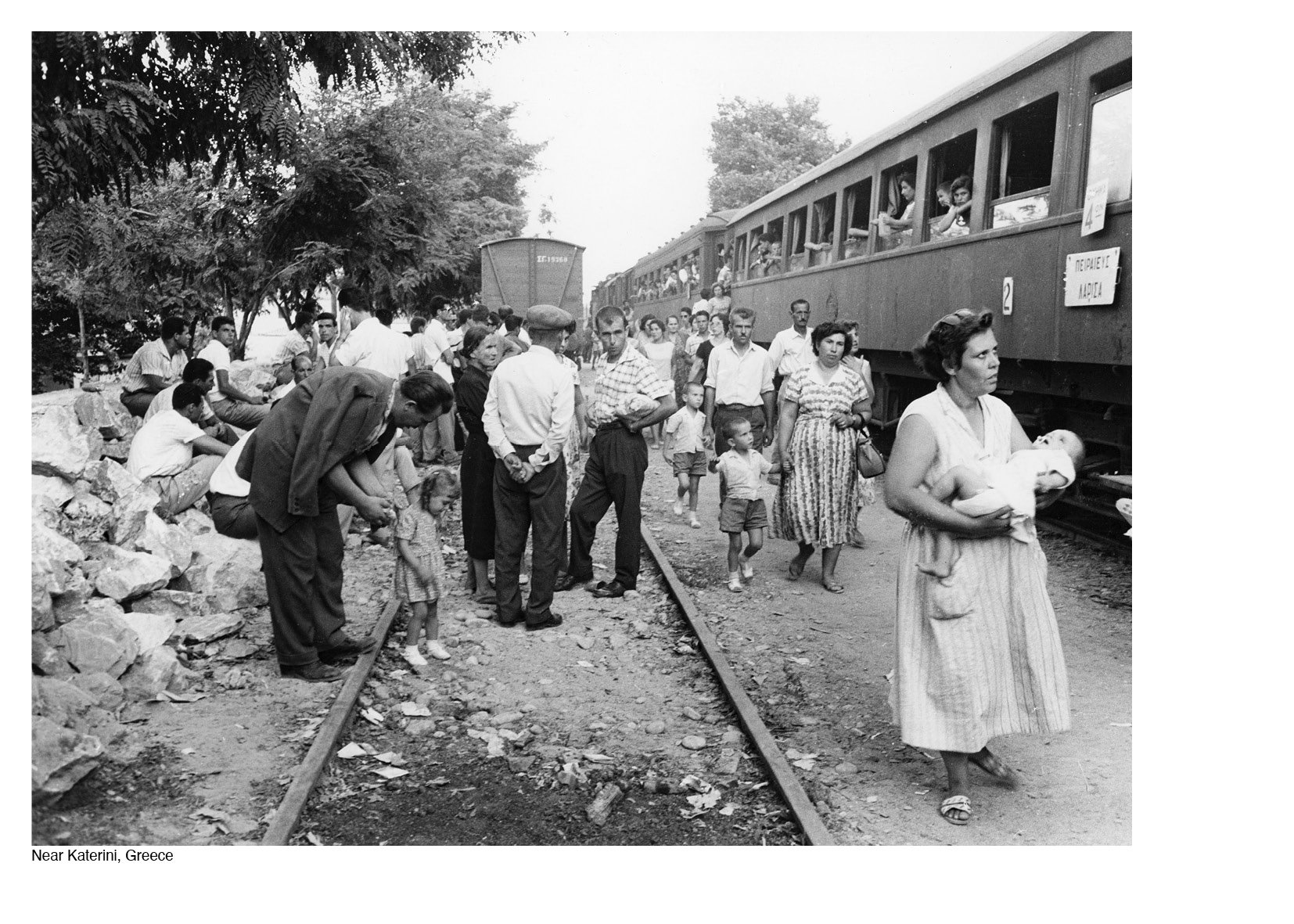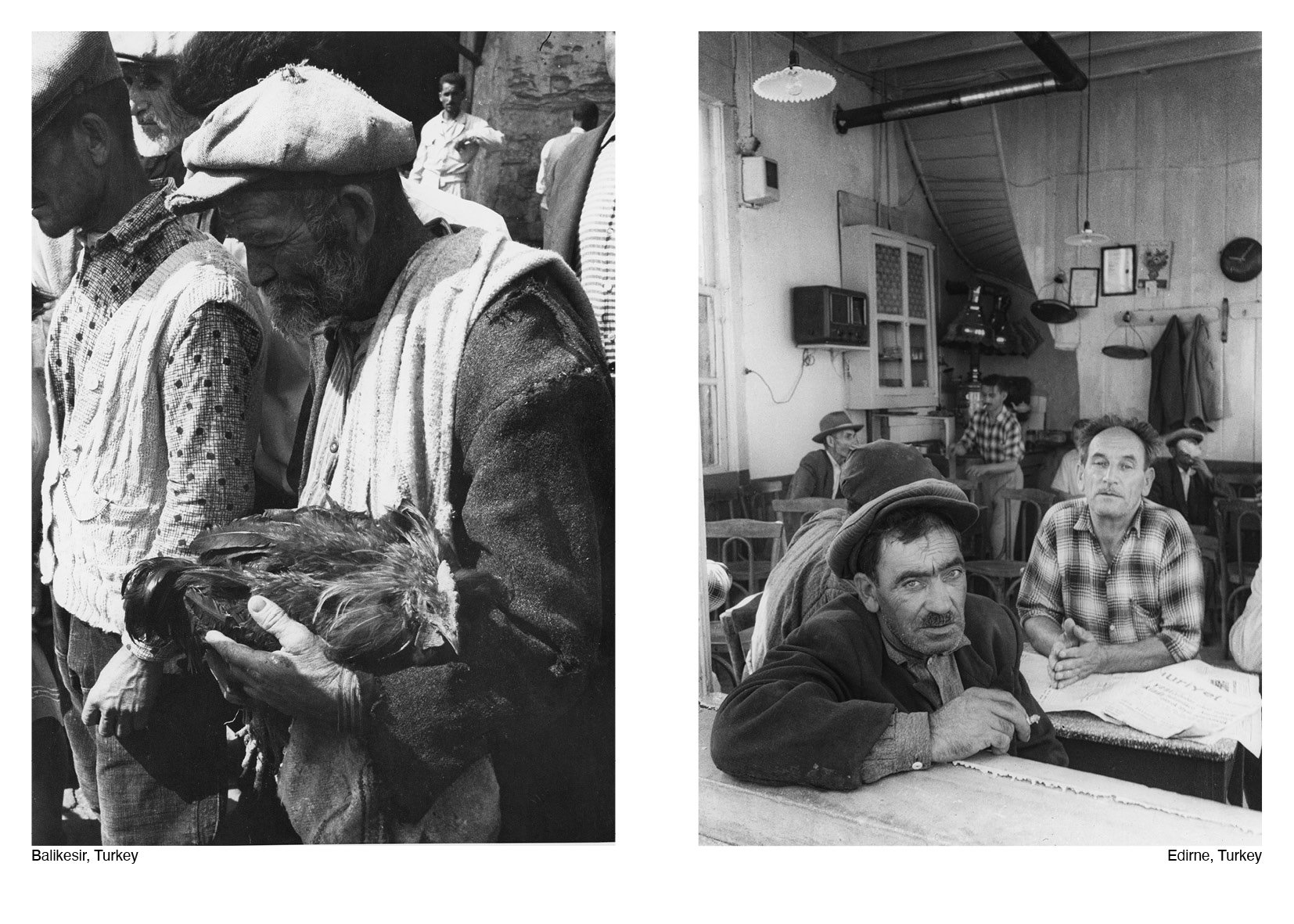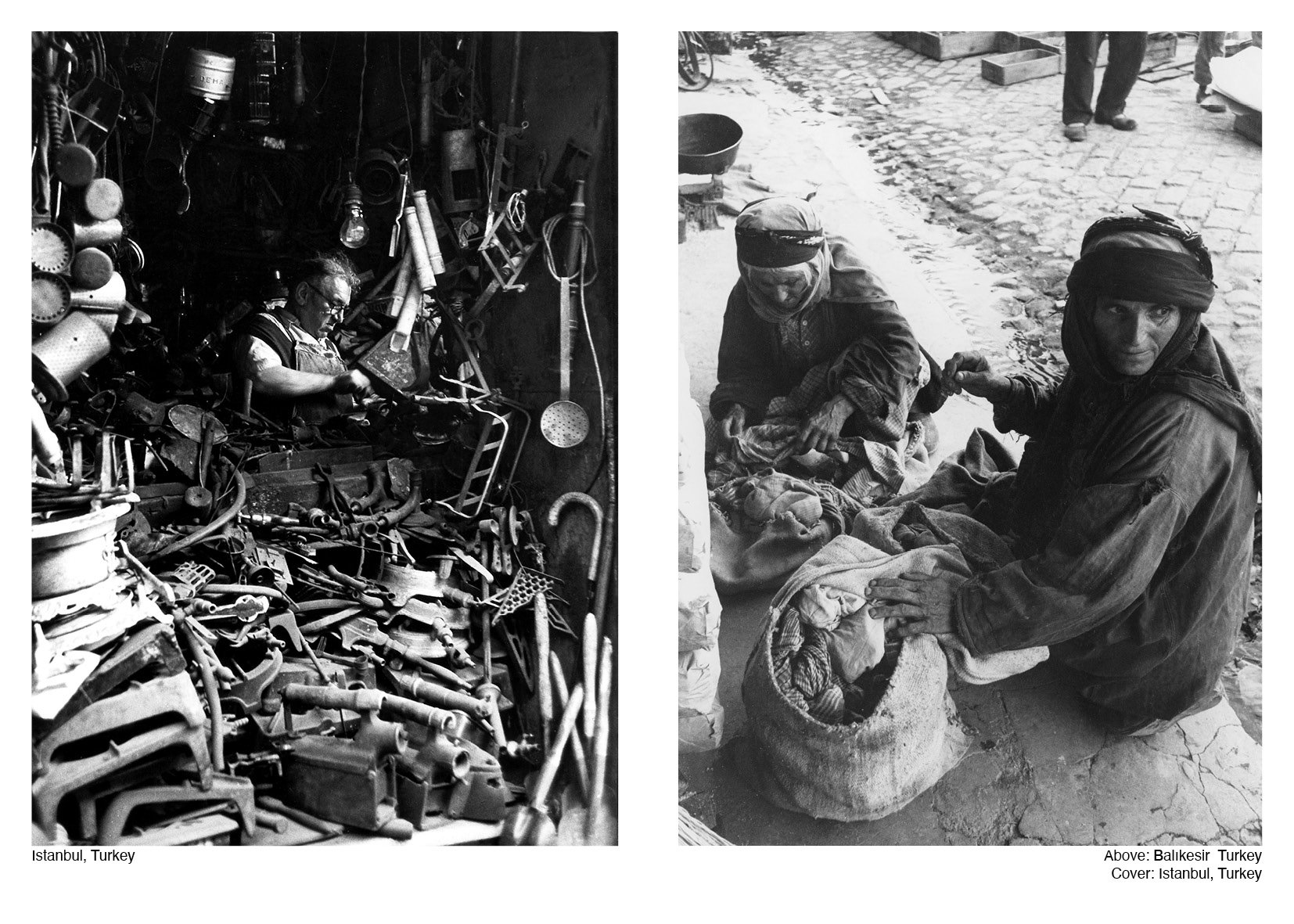 Image 1 of 19
Image 1 of 19

 Image 2 of 19
Image 2 of 19

 Image 3 of 19
Image 3 of 19

 Image 4 of 19
Image 4 of 19

 Image 5 of 19
Image 5 of 19

 Image 6 of 19
Image 6 of 19

 Image 7 of 19
Image 7 of 19

 Image 8 of 19
Image 8 of 19

 Image 9 of 19
Image 9 of 19

 Image 10 of 19
Image 10 of 19

 Image 11 of 19
Image 11 of 19

 Image 12 of 19
Image 12 of 19

 Image 13 of 19
Image 13 of 19

 Image 14 of 19
Image 14 of 19

 Image 15 of 19
Image 15 of 19

 Image 16 of 19
Image 16 of 19

 Image 17 of 19
Image 17 of 19

 Image 18 of 19
Image 18 of 19

 Image 19 of 19
Image 19 of 19




















Wayne Tippetts — Sound System Culture Jamaica & UK 1986–88
36 pages
printed in England
staple bound
14cm x 20cm
It was at a ‘yard’ in the capital Kingston Jamaica on a hot and humid night, April 1986 that I took my initial photos with a Leica and a handheld lamp (no flash) It was here that I truly first encountered Jamaican sound system culture and the nascent dancehall scene. I was instantly struck by the sheer exuberance and intensity of the songs, mixed with electronic dancehall beats and bass rhythms. From the mid 1980s on Thursday night’s deejays and singjays battled it out for supremacy, with fast-draw patios over pre-recorded ‘riddims’. The address was 1 Robert Crescent, home to Jamaican singer producer, Lincoln Barrington "Sugar” Minott. Widely considered to be the godfather of dancehall. Minott’s Black Roots record label and Youth Promotions sound system was established in the Maxfield Park area of Kingston in 1979 with a recording studio operated from a bedroom in the front the house.
My photographs have been exhibited in UK, Jamaica, New York, Australia and New Zealand, and a selection of my images are held in the permanent collection of the Smithsonian National Museum of African American History and Culture in Washington DC.
Wayne Tippetts
36 pages
printed in England
staple bound
14cm x 20cm
It was at a ‘yard’ in the capital Kingston Jamaica on a hot and humid night, April 1986 that I took my initial photos with a Leica and a handheld lamp (no flash) It was here that I truly first encountered Jamaican sound system culture and the nascent dancehall scene. I was instantly struck by the sheer exuberance and intensity of the songs, mixed with electronic dancehall beats and bass rhythms. From the mid 1980s on Thursday night’s deejays and singjays battled it out for supremacy, with fast-draw patios over pre-recorded ‘riddims’. The address was 1 Robert Crescent, home to Jamaican singer producer, Lincoln Barrington "Sugar” Minott. Widely considered to be the godfather of dancehall. Minott’s Black Roots record label and Youth Promotions sound system was established in the Maxfield Park area of Kingston in 1979 with a recording studio operated from a bedroom in the front the house.
My photographs have been exhibited in UK, Jamaica, New York, Australia and New Zealand, and a selection of my images are held in the permanent collection of the Smithsonian National Museum of African American History and Culture in Washington DC.
Wayne Tippetts

